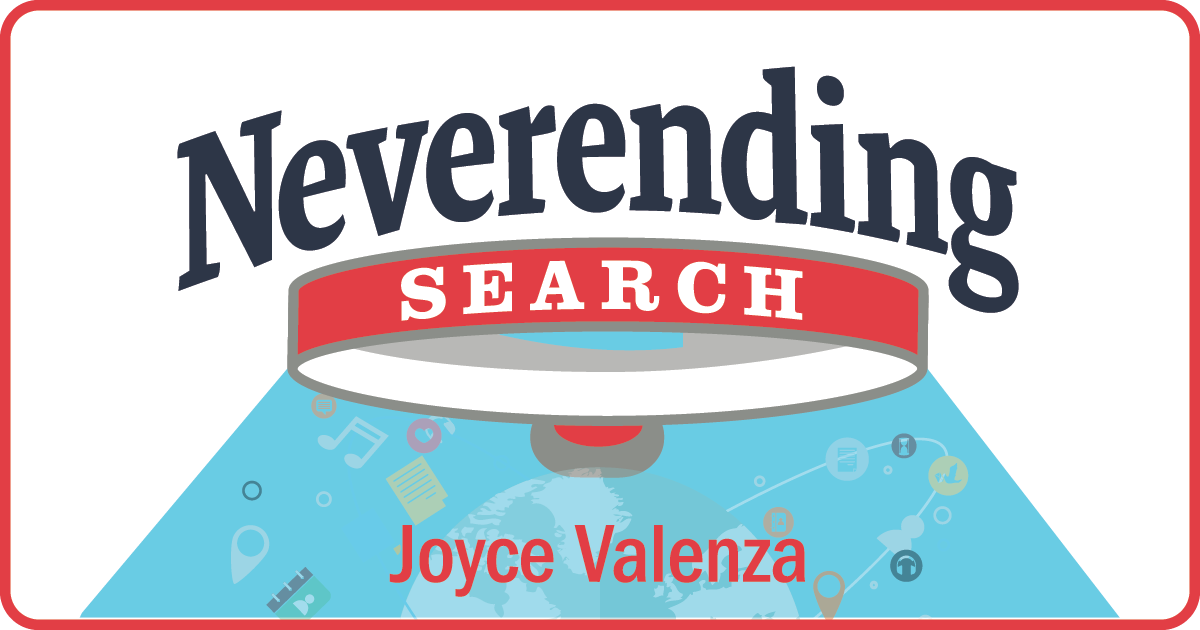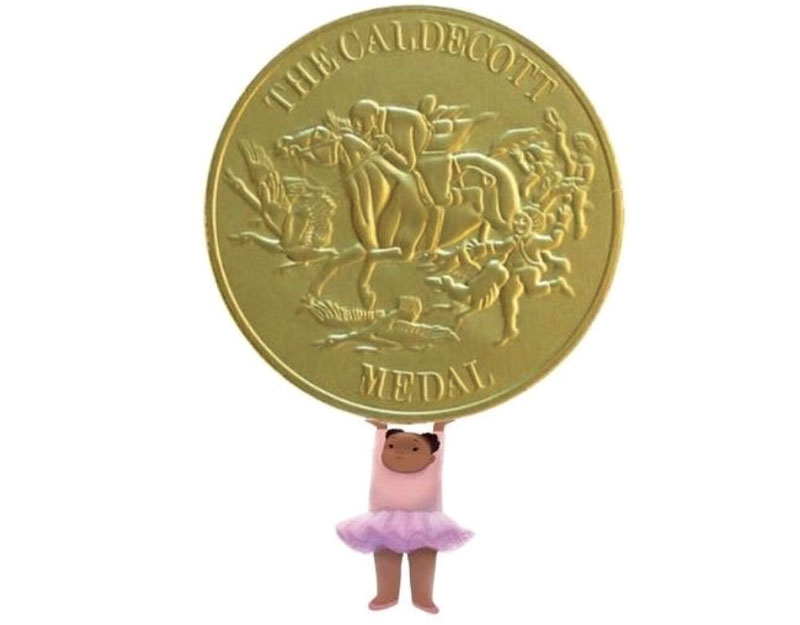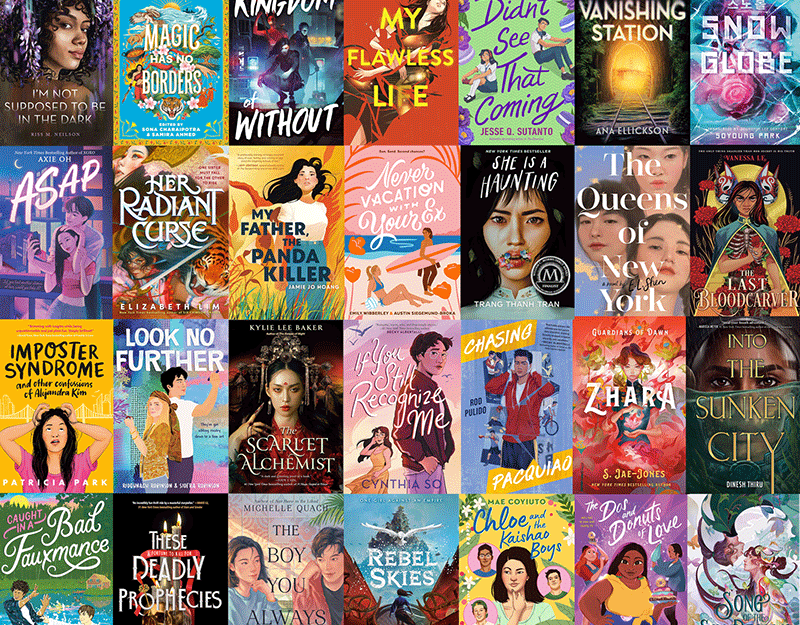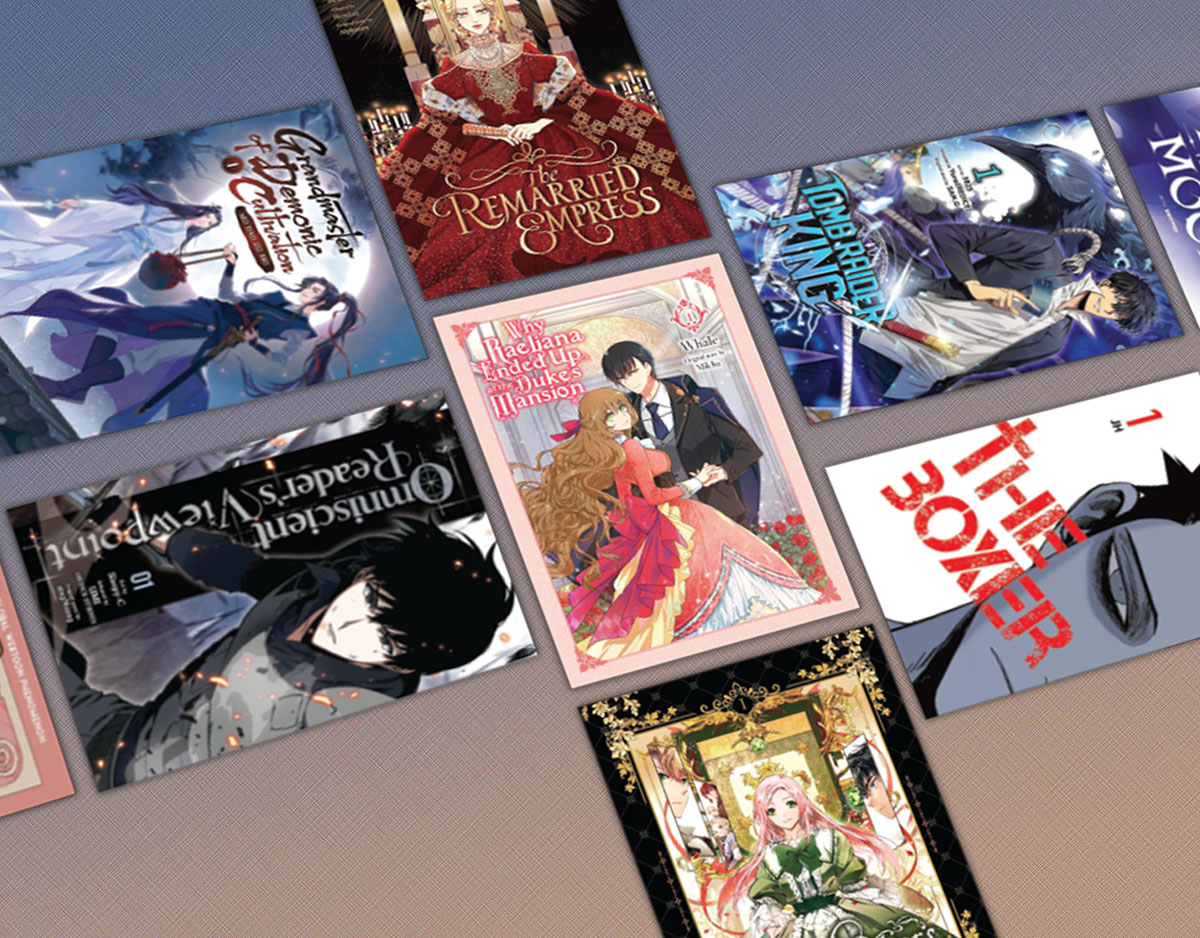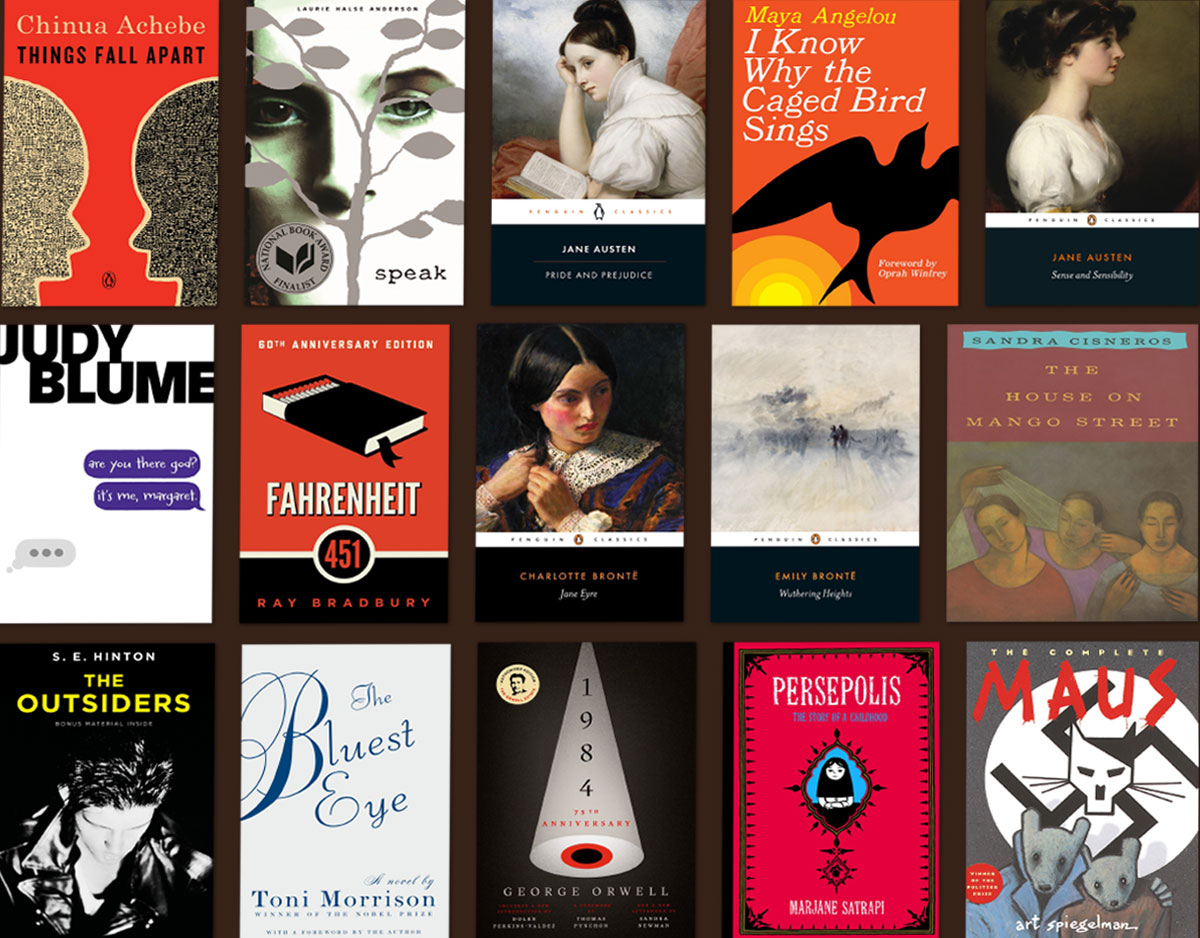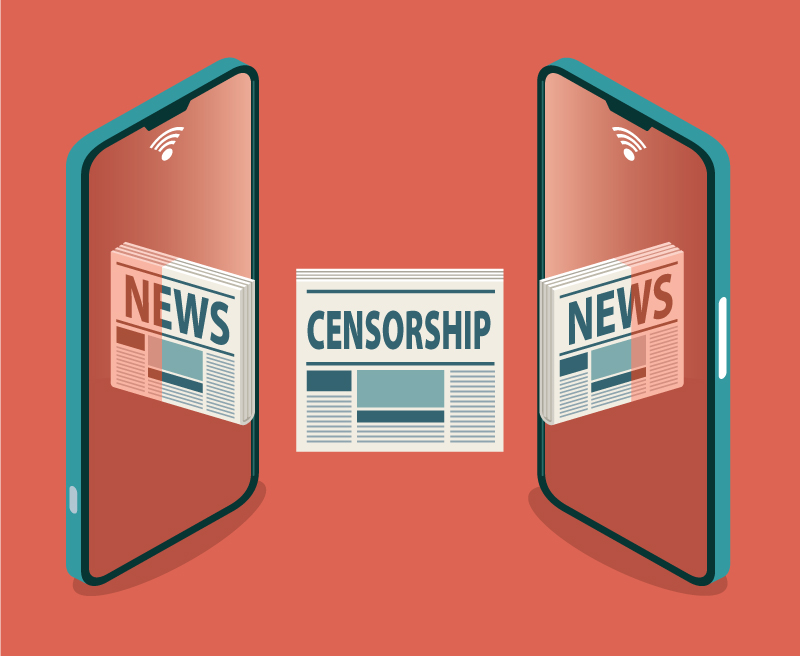SCROLL DOWN TO READ THE POST
Frank Baker on libraries and media literacy
 Each year around this time, I reconnect with media literacy guru, Frank Baker (@fbaker) about his resources for thoughtfully examining the media messages surrounding those two, too-interesting-not-to-analyze big winter television events–the Academy Awards and the Super Bowl
Each year around this time, I reconnect with media literacy guru, Frank Baker (@fbaker) about his resources for thoughtfully examining the media messages surrounding those two, too-interesting-not-to-analyze big winter television events–the Academy Awards and the Super Bowl
Yesterday, we had another chat.
Although Frank is a strong supporter of our work, he believes that it is critical that librarians expand the scope of our instruction beyond information literacy, to include media literacy, and that our shelves—physical and virtual—offer kids the resources they need to make discoveries about media creation, media messages, and innovative people involved with media.
Here’s a summary of our chat:
Me: How do you define media literacy?
Frank: Very simply, I like to say, media literacy is analysis and creation of media messages. But in reality, it is so much more than just that. When we read the word text in the new Common Core teaching standards, we need to remember that text is not confined to words on a page, or on a screen.
Media are also texts: designed to be analyzed, deconstructed, and re-constructed. Media literacy is also about understanding production and economics–so in reality, media literacy is this huge topic with lots of fascinating arenas to explore.
Me: So you kinda cover everything on the Media Literacy Clearinghouse?
Frank: When I first planned the site, I created a long list of keywords that were involved in media literacy–words like bias, advertising, propaganda, stereotypes, representation, photography, television, Big Tobacco, critical viewing, film literacy and more. (Check out the links to articles, videos and resources attached to those keywords.)
Me: Why is media literacy so critical right now? Isn’t every kid now a producer?
Frank: Yes, they can shoot and edit photos and video, but few have had any real training in understanding photographic rules or techniques. We might agree that today they are already producers and broadcasters, but they’ve not yet had the requisite training to be responsible about what they do (or upload).
They may be media savvy–they know how to upload, download and create media–but they’re not all media literate. They tend to believe everything they see, read and hear. And that’s dangerous.
It’s easier than ever to manipulate an image, but if young people don’t question or don’t recognize manipulation, then they’re more likely to be tricked.
Students don’t generally think critically about the impact media has on their attitudes, beliefs, and behaviors. In fact, most young people don’t even know how much time they spend watching TV, texting, playing videogames, or listening to music. Understanding exposure is one part of media literacy.
Educators and parents can help young people develop a balanced media diet, as well an understanding of how messages are made, by whom, for whom, using what devices and techniques.
Me: You’ve shared your worry that school librarians aren’t yet geared up to Why school librarians? But how should we get up to speed and why aren’t (some/many) of us already there?
Frank: School librarians are partners with classroom teachers. They provide the resources that support instruction. I would challenge all who are reading this to do a quick inventory. Check your shelves. How many books–yes, print on the shelf–do you have today that are related to media literacy? Take a look at that list of key words and phrases I referenced earlier as a guide. I have presented inside hundreds of school libraries over the years, and I’m sorry to say, from what I’ve seen, there is little to support media literacy in the media center. You can change that. It just makes sense that today’s 21st century library collection should include resources for that young person who wants to know more about how to make a movie, or to read about up-and-coming directors who are making today’s popular films.
Me: How do you make the media literacy case to standards/test-centric administrators?
Frank: This is a no brainer. Media literacy is all about critical thinking. Who’d be against that? Media ARE texts. There are a few references to the media in the new Common Core standards, but not enough, in my opinion.
The Partnership for 21st Century Skills recognizes media literacy and includes it in every one of its subject-area curriculum skills maps. Recently, the National Board for Professional Teaching Standards revised its ELA standards to include visual literacy. And both the K-12 Horizon Report and the Future Workskills 2020 report recognize the new media age we’re in and urge more attention to digital media literacy.
On Andrew Churches’ Blooms Digital Taxonomy, creation is at the top of list of higher order thinking skills. Creation activities should include animating, broadcasting, blogging, filming, podcasting, directing, etc.
For those Common Core states using the Smarter Balanced Assessment, this new test includes a video component. So our students really need to know how to be active/critical viewers. This is a big part of media literacy–knowing how the producer of a message might want to influence or persuade you to think one way or another–and recognizing the audio and visual production techniques utilized to sway our opinions. This also comes into play during the election cycle–when politicians use ads to convince us to vote for them or for some cause.
Me: What’s new? What are you working on? You say you are working with the Academy?
Frank: On Media Literacy Clearinghouse, I have compiled a list of streaming video clips that can be used to teach visual and media literacy. I have also started a list of apps that can be used to teach with and about media. Additionally, I have been doing quite a bit of work around film education.
With that in mind, I’ve started an online list of DVDs whose extras could be used to teach the language of film. For example, The Magic of Editing is an excellent feature from the Two-Disc Special Edition of Harry Potter & The Order of the Phoenix. It introduces the film’s director and editor–both of whom appear on camera– to set up the feature and discuss film editing, special effects, sound effects and music. After we see how they made decisions about constructing scenes, viewers get an opportunity to remix a scene, choosing one or more music selections, sound effects and more. You can view a portion of this extra here.
I’m currently updating Using Super Bowl Ads In The Classroom, as well as a website on teaching with and about Oscar nominated films. And I just published Teaching Media Literacy: It’s the Diet Ad Season for MiddleWeb.
The Academy of Motion Picture Arts & Sciences, the folks who bring us the Oscars, has a strong interest in film and media education. They’ve published free downloadable teacher guides for educators who want to teach students how to appreciate film. They work with Los Angeles area schools and bring in students and help them become more active, critical viewers. I am pleased to be doing work with teachers there in early 2014.
Books to consider:
Frank Baker Media Literacy In The K-12 Classroom (ISTE, 2012)
Heidi Hayes Jacobs Mastering Media Literacy (Solution Tree, 2014)
Filed under: critical thinking, films, media literacy, metaliteracy, movies, student work
About Joyce Valenza
Joyce is an Assistant Professor of Teaching at Rutgers University School of Information and Communication, a technology writer, speaker, blogger and learner. Follow her on Twitter: @joycevalenza
ADVERTISEMENT
SLJ Blog Network
The Moral Dilemma of THE MONSTER AT THE END OF THIS BOOK
Cover Reveal and Q&A: The One and Only Googoosh with Azadeh Westergaard
Winnie-The-Pooh | Review
A Reading Community: A Love Letter to Local Independent Bookstores, a guest post by Heather Del Piano
The Classroom Bookshelf is Moving
ADVERTISEMENT
ADVERTISEMENT

